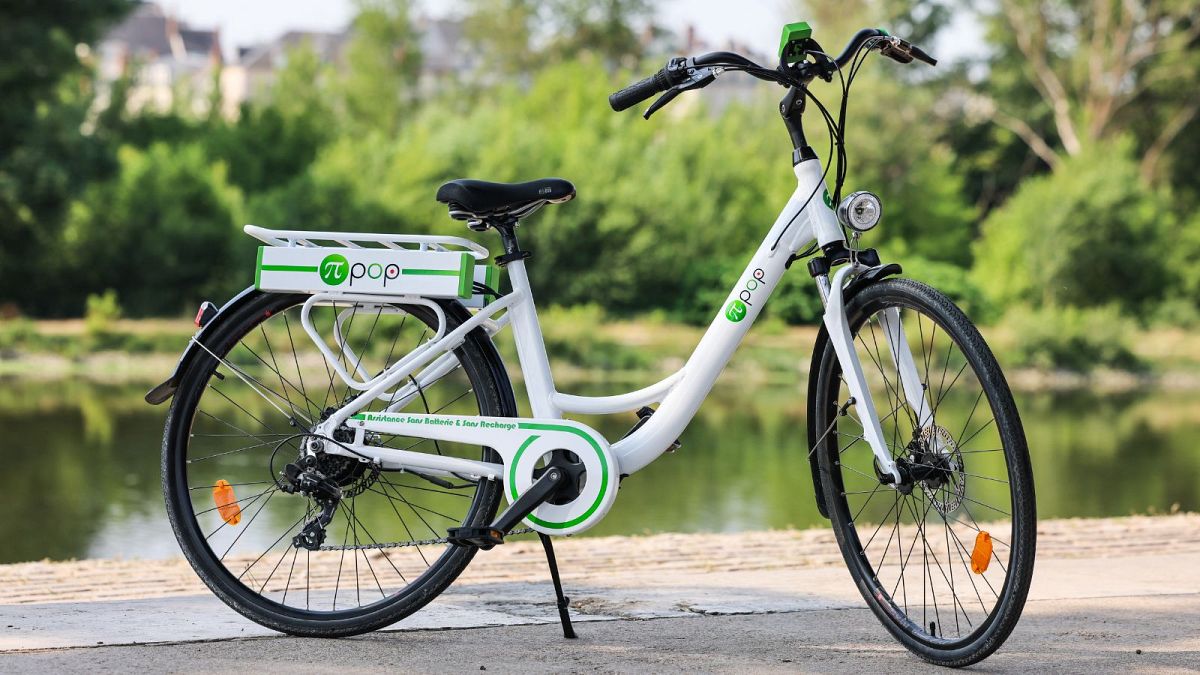Chargeride
Well-Known Member
And do you have any funny replies?
When I get that question, I smile and say "Too much..." then they press me to get the answer and are shocked to hear it.I've been asked "How much?". Since I ride DYI bikes, it's not much, but even $500 dismays some of the people. But not everyone is poor. A few weeks ago, a guy on a Harley D. ebike rode by, recognized our conversions, and complimented us.
I was getting most of questions when my previous Vado incarnation carried a number plateIn a year and almost 2,000 miles on my ebike, I've never been asked anything about it. No negative comments, either. But this place is crawling with them. In fact, the unmotorized bikes are the oddities now.
The weight, yes. When I ride my Vado SL without the Range Extender, people cannot guess where the battery is on that e-bikeMore often the questions revolve around range and weight.
Which is true on a traditional bike with a dynamo!People often think the pedals are connected to a generator and you are making electricity.
According to Wilson & Schmidt, Bicycling Science, workable ebikes like that have been made but never caught on. Don't recall why, but diesel-electric locomotives and haultrucks (giant mining dumptrucks) use a similar concept: The diesel engine drives a generator which powers the electic motors driving the wheels. More efficient than it sounds.People often think the pedals are connected to a generator and you are making electricity. I haven’t come up with a clever reply yet but I’m working on it.
This is not because of the efficiency but torque and controllabity. A diesel engine cannot provide enough torque to move the train from the dead stop; the diesel engine works well in a narrow range of its RPM. To directly use a diesel engine in a locomotive would require using the clutch and gearbox, which is impractical. The diesel engine produces electricity by a generator, and the electric current is sent to electric motors that actually drive the locomotive. The locomotive electric motor can have its maximum torque at RPM = 0, so the train can be moved from the dead stop easily; no clutch, no gearbox, easy speed control.The diesel engine drives a generator which powers the electic motors driving the wheels. More efficient than it sounds.
Such e-bikes based on supercapacitors are already made in France. I think it is yet another idea, with which the Hell is pavedQuestions that may seem silly to you often spark a train of thought.
I started thinking of a bike that charged a battery from pedalling on the flat, that you could use to help you up a hill.
Probably not worth it till we get the magic solid state batteries.

Would the little generators for powering headlights produce a useful charge for ebikes? I'm thinking probably not, as I seem to remember that they create noticeable drag on an acoustic bike. But maybe, if it were engaged while going downhill, to give a little boost for the next climb.Questions that may seem silly to you often spark a train of thought.
I started thinking of a bike that charged a battery from pedalling on the flat, that you could use to help you up a hill.
Probably not worth it till we get the magic solid state batteries.